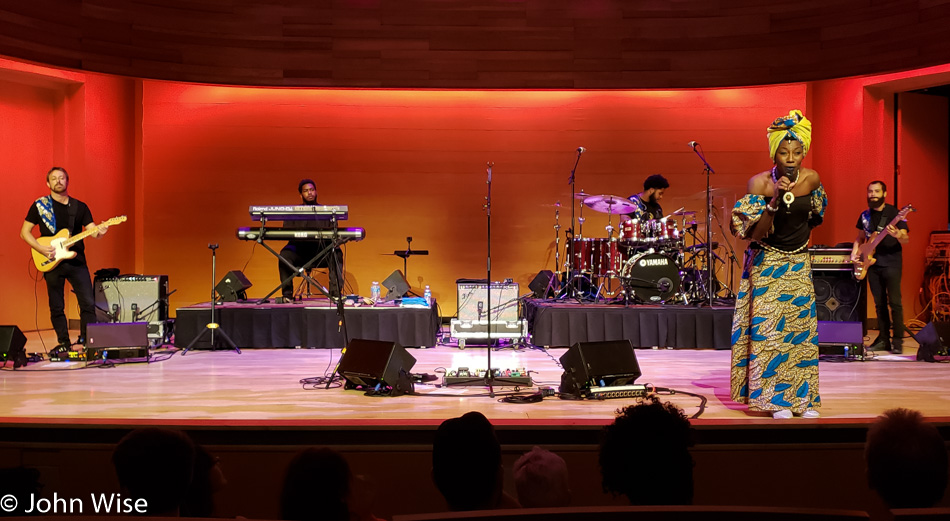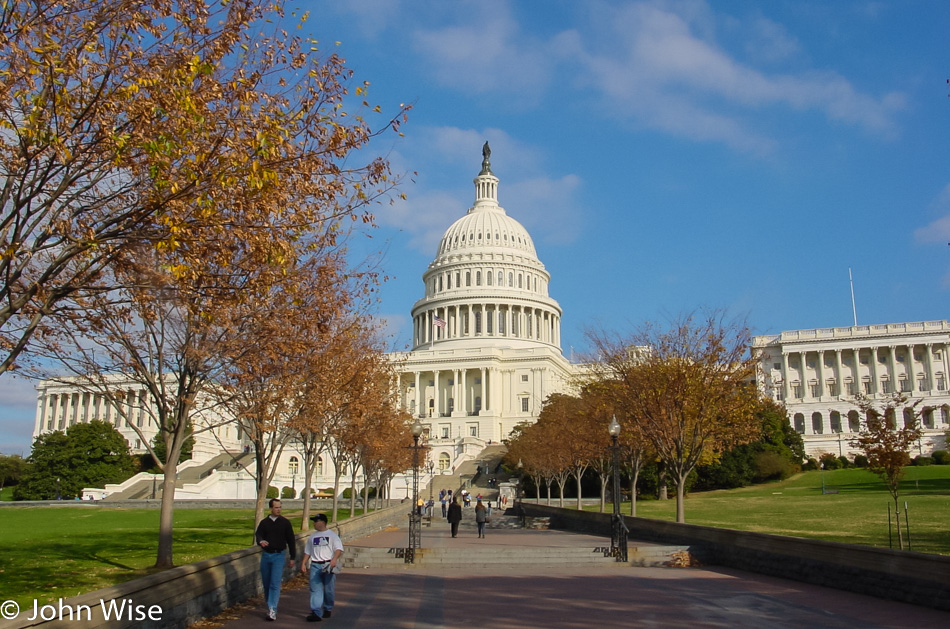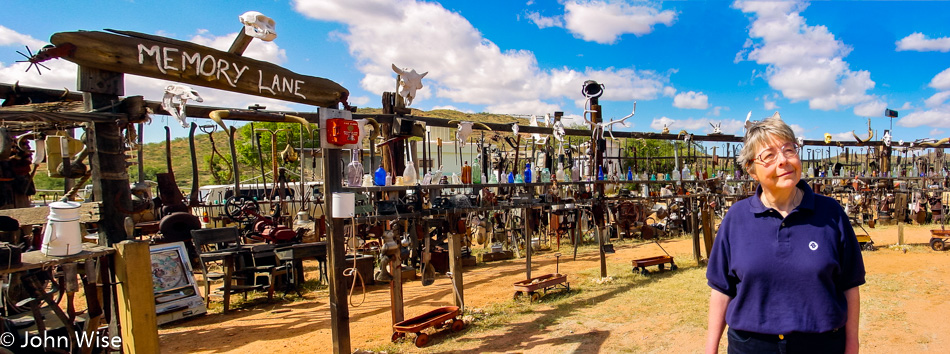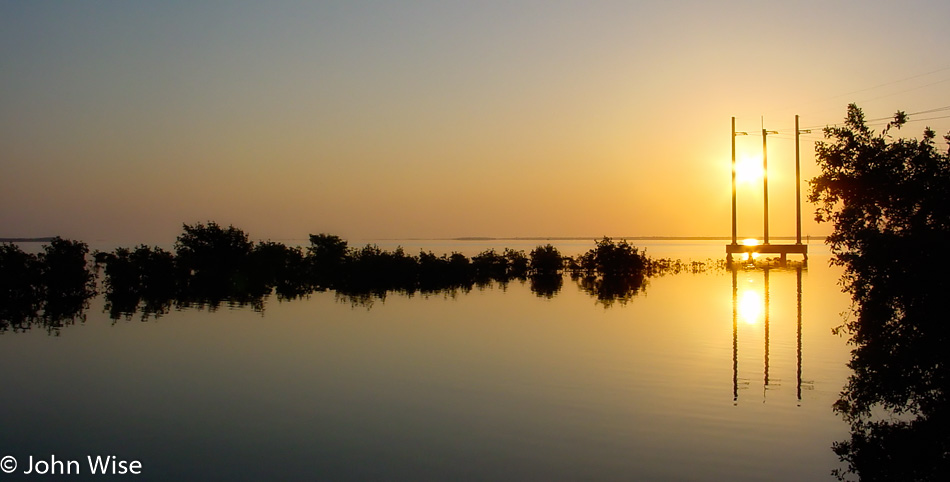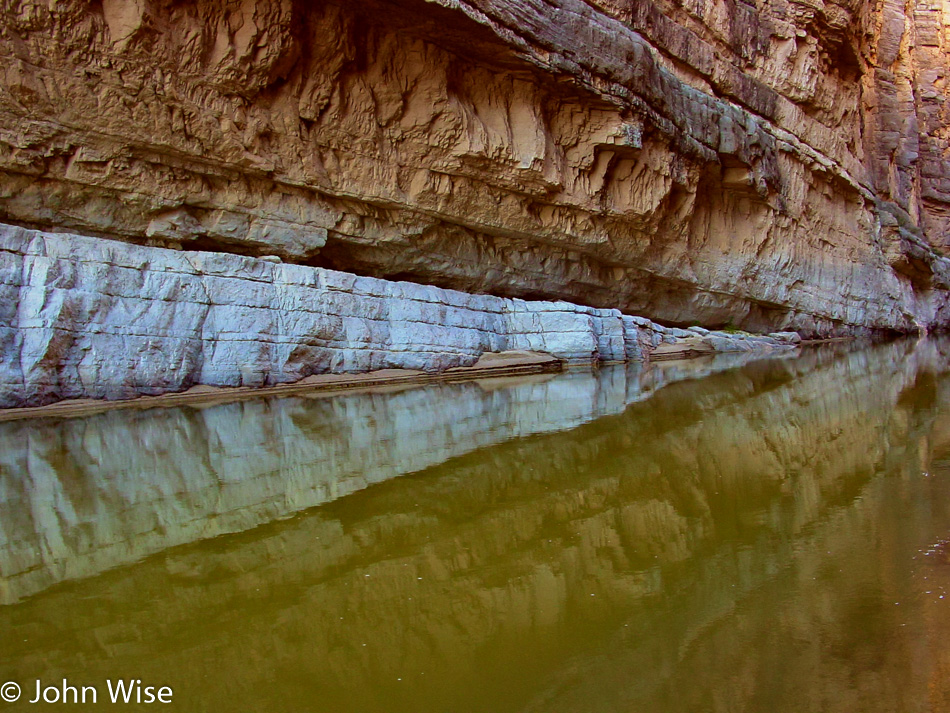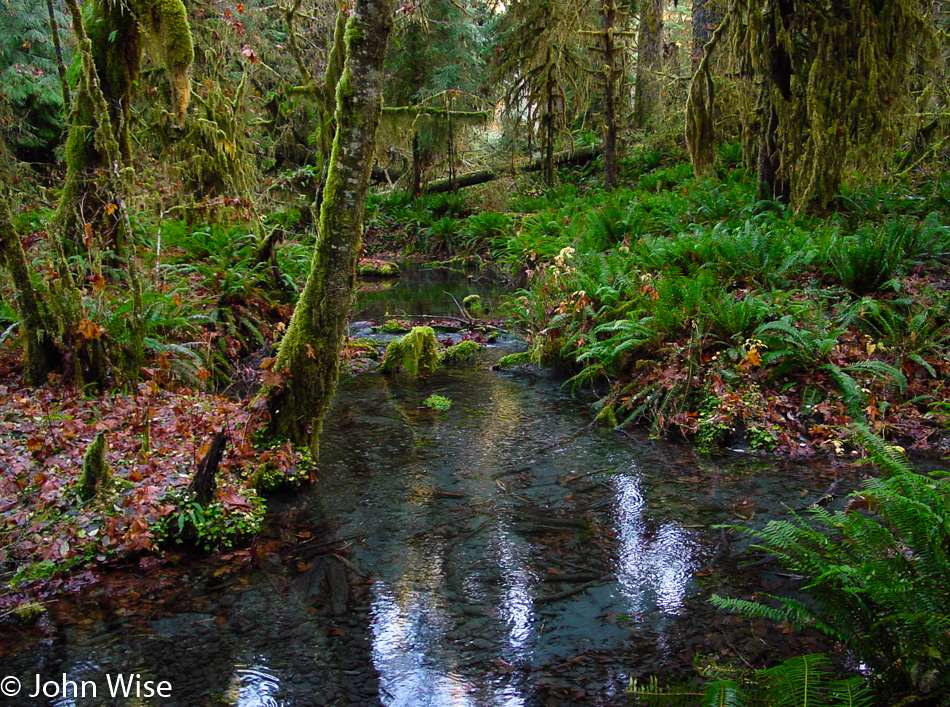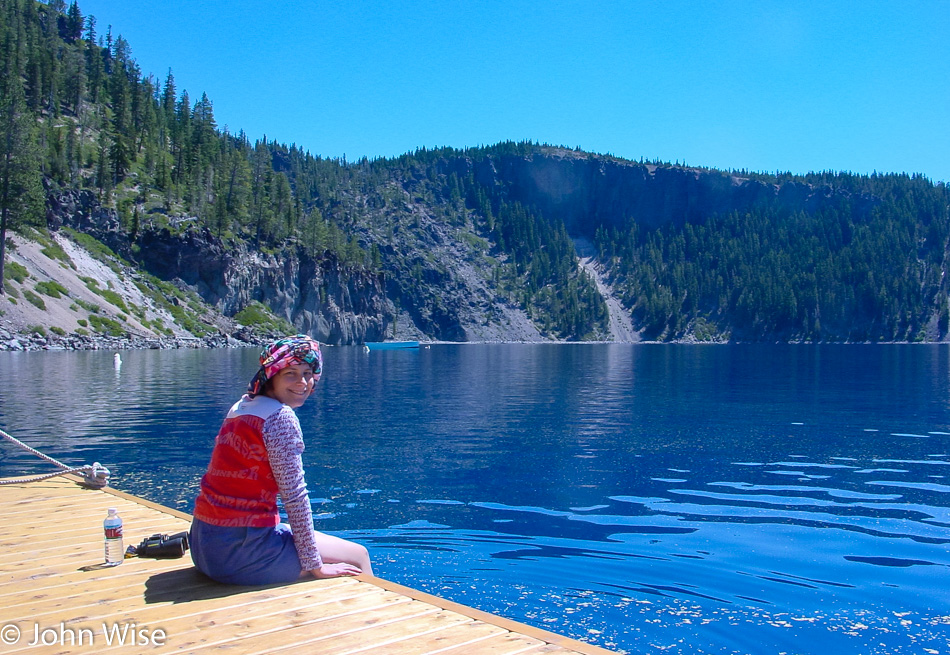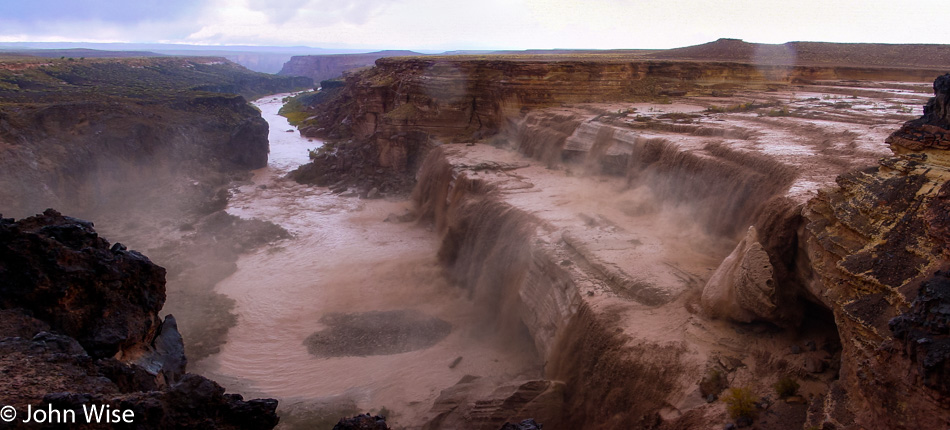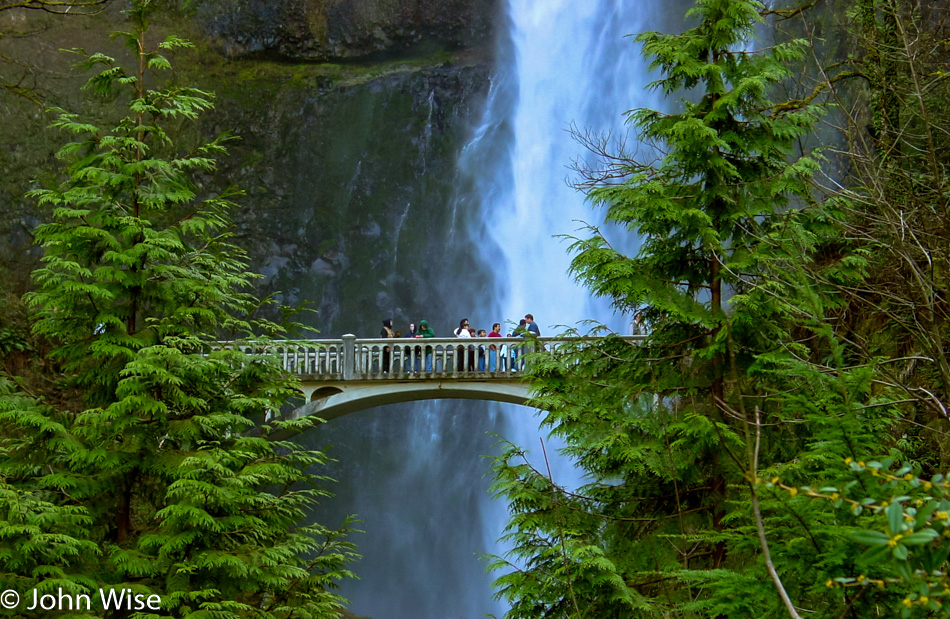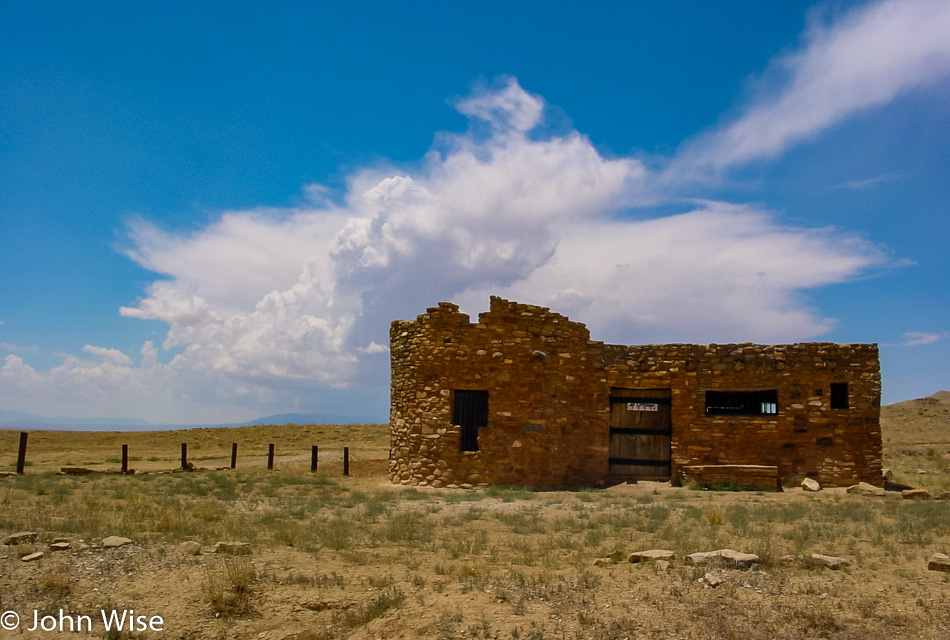
We are quick to talk of externalities that we perceive are, in some ways, harming us or our communities. What I mean by communities is an amorphous and ill-defined idea that is more of a generalized lament for “all those” whom we do not personally know but “intuitively” have linkages to, even when they don’t live in our immediate vicinity or in our “community.”
Conversations swirl around ideas that baggy pants, video games, music, porn, too many guns, not enough guns, drugs, fake news, immigration, non-English speakers, narcissists, the one percent, the poor, the government, gays, republicans, democrats, George Soros and Hillary Clinton or the Koch Brothers and Proud Boys are the causes of our societal problems.
Who among us really knows what society’s problems are firsthand? I see a man in baggy pants once or twice a week at most, if I see them more often and don’t like it, maybe I should change where I’m hanging out. I don’t play video games often and I have a choice of what I do play. I love music of all genres, and aside from my teen years, I’ve never felt compelled to slam dance at the grocery store. I never see people acting out porn in public, carrying an arsenal of weaponry, or seeing my local coffee shop explode into a bare-knuckle brawl because there was nobody with a gun to keep order.
I feel bad for the young adults in the coffee shop nodding at a table from their addiction to opioids and wish there was help for them and that they’d had what they needed as children to not reach these lows. Immigration has brought me cheaper food, great software, clean hospitals for my sick relatives, affordable motel rooms across America, restaurant diversity, well-trained doctors, nurses, mechanics, engineers, architects, and a range of other workers, professionals, teachers, and entertainers.
The one percent go about their wealthy lives just as they always have. I hear there are more of them, but I don’t see their Gulf Streams on the freeway, their yachts in a local pool, or large tracts of land being sequestered by eminent domain for them to build their next mega-million square-foot mansions.
George Soros and the Koch Brothers have never offered me cash or asked for my advice. Matter of fact, I can’t see where their impact is on my life. I don’t feel gay, and at 55 years old, I’m guessing I may never come out, but who knows? Maybe the impact of the gay influence will take longer to work on me, though I think this is just me talking out of my ass. As far as right-wing extremism and, for that matter, left-wing extremism, I’m not for choking out anyone or flattening economies and choices in order to establish a perfect socialist state.
I’d wager that the majority of people would have to answer the same. However, I’m also certain there will be those indignant few who are feeling personally harmed by their perceptions that have become a kind of reality with an immediacy verging on panic who will take umbrage and inform me that I have my eyes closed.
How many of us look at ourselves and engage in such a vociferous dialog about our own shortcomings, biases, and attitudes that are creating the cages that close in on our outlook? I’d posit that most people somehow believe their opinions are on solid footing, and because they are the owners of their view, it is the correct one. Where did these outlooks take shape? When was the last time you took a hard look at a potentially outdated perception and cast it off as foolish and full of bias, maybe delivered by someone who was ill-equipped to offer us such a skewed opinion that corrupted our own in the first place?
So why are we choosing to wear the baggage of others who are pushing us to adopt unhealthy attitudes toward ourselves and our communities?
Maybe we have an inherent need to be outraged. Maybe it’s a mask that hides other aspects of ourselves that we are unhappy with. If we complained too much about our own shortcomings, I’d guess we’d find depression creeping in pretty quickly.
This still leaves unanswered what the underlying issues are that we collectively (to a large degree) believe are the problems in our society that are destroying the essential fabric of life in modern America.
I believe that the majority of Americans in this can of unhappy worms are generally dissatisfied with their lives. Don’t get me wrong, they may have great jobs, families, and opportunities, but something is missing. It could be that their jobs take them into contact with the unwashed masses of mediocrity and their fear of what is accepted as intellectual normal may weigh heavy on them.
Maybe people would like to tackle some difficult subjects but don’t have the income or time to learn a musical instrument, a foreign language, or how to be an electrical engineer.
I’m coming to believe that a large part of our dissatisfaction is about shortcomings within ourselves and the recognition that those around us are not going to act as positive role models and mentors. In that sense, the order of the cross-generational influence is broken.
Our problems in society are not what others are doing and not doing; it is what we are lacking and failing to do. This isn’t about happiness per se; it is about self-satisfaction. I don’t need to be happy as I’m well familiar that I have angry and sad sides too that also offer a kind of nourishment, but I do need to be human. Only when I’m in discovery and accomplishment, do I feel my most human characteristics growing and starting to shine.
Stagnation in constant lament is a downward spiral that will never offer us the opportunity to become. When we are distracted from the boring selves that take us into complaining about irrelevant things and exploring new horizons, we are usually taken by the moment and find that we are finding exciting new dimensions of our truer natures.
Our problems are not from those “out there” found in externalities; they are from the meek person within who is afraid to be bigger than the group’s anger.

